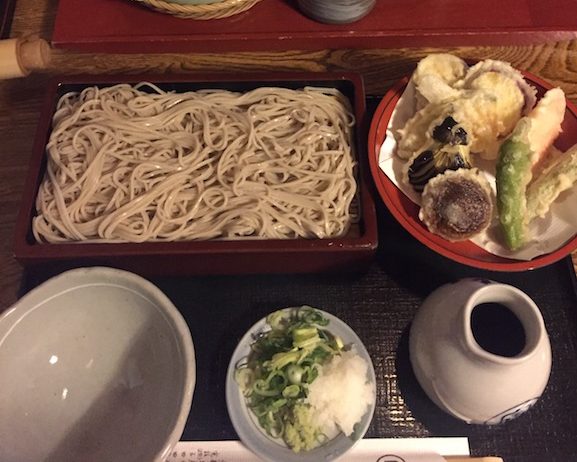When you think of Japanese food, sushi is probably the first thing that comes to mind.
Sushi became popular in America in the 1970’s, a time when journalists covering the topic would have to explain the concept of eating raw fish to their audience. Now, sushi has become a staple in Western culture.
When you visit a Japanese restaurant in the United States, it probably predominantly serves sushi (specifically maki or specialty rolls) with names like, “California” or “Rainbow” roll.
However, the general knowledge of Japanese food pretty much ends there. You may have never heard of natto, sukemono, or takoyaki. How about a persimmon or a Japanese plum?
Beyond food itself, the dining experience in Japan is simply different; from place settings and table manners to the how food is viewed within the culture. We cannot possibly even scratch the surface of Japanese food and its significance in a blog post, but let’s highlight a few aspects, shall we?
You probably know a few key ingredients. Rice, seaweed, and fish are big elements. Soy sauce and soba noodles are also common. And who could forget ramen!?
However, Japanese people do not usually eat sushi and sashimi every day. As in America, sushi is an expensive dish to be eaten on special occasions, such as going out or entertaining guests. Squid and octopus are also eaten, but they don’t usually enter into home cooking. If you live in a homestay, you may have curry rice, a popular Japanese dish, far more often than sushi.
Seaweed is common. So common, in fact, that there is not one general word for it in Japanese, but rather different names for each type. Konbu (sea kelp), and nori (seaweed) are completely different things, like the way one would talk about corn dogs and sandwiches as separate entities.
There are also a number of unrecognizable vegetables and fruits. In Japan. vegetables are not seen as inherently more distasteful than meat. Many vegetables are sold pickled.
Umeboshi (Japanese plum) and kaki (persimmon) are common fruits as well. Kaki is delicious, but umeboshi is very sour. They often lurk inside onigiri (rice balls) waiting to surprise the unwary person. Fruit is also a common thing to give as a gift in Japan, so when businessmen or houseguests want to bring a gift alongside an important meeting or for someone hosting them, they tend to bring fruit. When you go to a Japanese department store, the aisles are lined with fancy gift boxes proclaiming to have the sweetest and most delicious fruit gift baskets. Things like melons, strawberries, and other “high end” fruits can be sold in gift boxes for over $100 each!
Japanese food also highlights noodles and some favorites are ramen, udon, and soba. The tradition of making soba noodles dates back thousands of years. Soba noodles are made of buckwheat and are traditionally dipped in soy sauce and served with tempura vegetables. Slurping your noodles is not considered rude, so slurp as loudly as you’d like!

After this quarantine period, I’m planning to treat my family to an amazing local Japanese restaurant, so we can all unwind after this stressful event. I love their cuisine, but I don’t know that curry is a famous dish for them. Also, I had no idea that Umeboshi and Kaki are included inside the Onigiri. https://www.tanpopojapaneserestaurant.com/